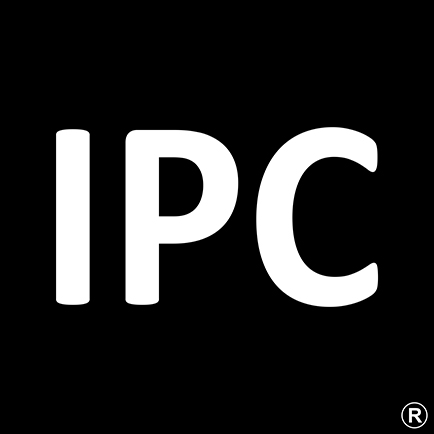As one of the leading PVC material suppliers in South Africa, we know that PVC piping is one of the best plumbing materials available. It is versatile, affordable, and highly durable.
Let’s take a look at the ins and outs of PVC plumbing, including its composition, applications, benefits, and more.
Different Types of PVC Piping
The most common type of PVC pipes are the white ones frequently seen in residential construction projects. White or light grey PVC piping is suitable for cold water distribution and is thus widely used for drainage and all other kinds of plumbing. It’s also used in irrigation systems.
The pressure rating of these types of pipes, commonly known as Schedule 40 PVC pipes, allows them to tolerate moderate pressure, which is common in residential applications.
Schedule 80 PVC pipes, typically dark grey and thicker, are also available. This type of PVC piping is designed to handle higher pressure tolerances commonly found in more industrial applications.
A chlorinated PVC pipe version is also available. It is a more heat-resistant variety because chlorine has been added to the PVC compound. Chlorinated PVC is designed to handle higher temperatures and pressures than standard PVC piping.
PVC Plumbing Applications
PVC piping is frequently used in cold water supply lines and is popular owing to its resistance to corrosion and scaling. These durable pipes are also commonly used for carrying wastewater and venting gases out of plumbing systems.
Landscape or farm irrigation systems also frequently use PVC piping, particularly in agricultural applications, because it is durable, easy to install, and cost-effective.
Thanks to their effective insulating properties, PVC pipes are sometimes used as conduits for electrical wiring.
PVC Plumbing Advantages
As mentioned, one of the biggest benefits of PVC piping in plumbing applications is its resistance to corrosion, chemical wear, and even impacts. This makes it long-lasting and reliable.
In addition, it’s cost-effective because it’s cheaper than metal piping materials like copper or stainless steel. It’s also more lightweight than metal options, making it easier to handle and install. This reduces labour costs as well as transportation costs.
Importantly, it’s a non-conductive material, making it safe for use around electrical wiring. The smooth interior surface also reduces friction, improving water flow and reducing the risk of clogs developing.
Remember, for high-quality PVC pipes or materials, always ensure that they meet SABS standards.
Installing It The Right Way
Installing and repairing PVC plumbing is simple, cost-effective, and uncomplicated, thanks to the ease of working with PVC material. Installing it simply requires cutting the pipe to size using a fine-tooth saw or a specialised PVC pipe cutter to achieve a clean cut.
Deburring is recommended, which involves smoothing the edges to ensure a proper fit. A dry fit is always recommended before glueing the pipes together to ensure proper alignment. PVC solvent cements are widely available to achieve permanent connections and joints.
If you are looking for PVC compounds for your piping needs, then ask one of the leading PVC material suppliers in South Africa. Contact us today.


